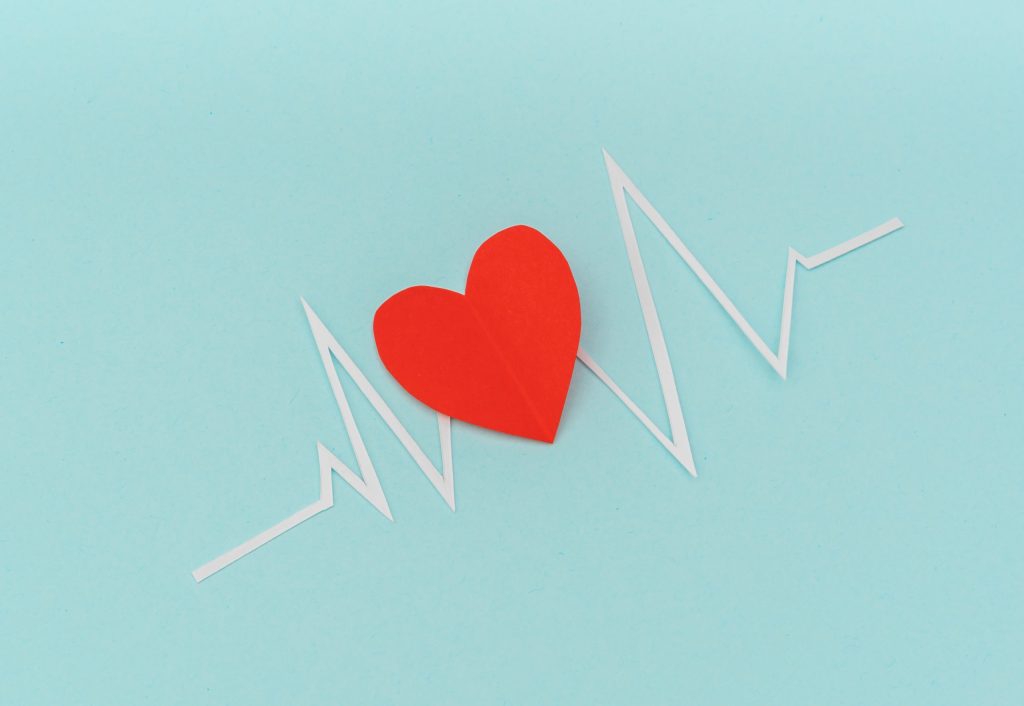World Restart A Heart Day
When a heart stops beating suddenly from non-traumatic causes, the actions of bystanders are critical. If they can keep the heart beating using chest compressions (with or without rescue breaths), the person’s life could be saved. World Restart a Heart Day 2025 takes place on 16th October to raise awareness and encourage as many people as possible to learn how to resuscitate someone whose heart has stopped.
In ancient texts, the word ‘resuscitation’ implied that a miracle had taken place – the person had been brought back to life from the dead. Indeed, the term appears to have entered medical terminology only in the 17th century. It wasn’t until the late 18th century that resuscitation as a life-saving technique began to take clearer shape in medical practice, with the mechanics of artificially keeping the heart beating being better understood and applied.
As resuscitation methods evolved, so did the understanding that this life-saving act is not just a medical procedure but a profound expression of humanitarianism. The idea of saving a life—sometimes from the brink of death—embodies the very essence of human compassion.
In recent years, standards for practice and teaching of cardio-pulmonary resuscitation (CPR) have developed and become mainstream in industrialized countries. Scientific evidence that supports bystander CPR is now prolific and backed by data from studies showing a substantial increase in survival of out-of-hospital cardiac arrest when populations are routinely trained in locations with a system of cardiac care in place. This necessarily means it is not equally available.
World Restart a Heart Day stemmed from a declaration by the European Parliament in 2012 calling for comprehensive resuscitation programmes in all its member states. This effort to democratise resuscitation underscores the importance of public involvement in scientific progress. Resuscitation training now comes in all shapes and sizes, with learners using everything from home-made manikins to virtual reality high-tech gaming to help them understand, practice and develop their CPR skills. Such creativity invites healthcare professionals and the general public, including children, to be part of this critical life-saving endeavour. And, for governments to act in solidarity with science and systems of care.
World Restart a Heart Day now stands as a prime example of how public awareness and participation can drive forward scientific progress. Organisations across the globe (including national health services, St John Ambulance, Red Cross and Red Crescent National Societies, and the World Health Organisation) run events locally, reaching all corners of communities and diverse populations with awareness and CPR training. Helping people to have the skills and confidence to act quickly and effectively in a cardiac emergency reinforces the concept of science as a shared responsibility and how, as global citizens, we can all play a role in saving lives. In a world where every second counts during a cardiac emergency, the ability to act quickly and correctly can make all the difference. Learn CPR by contacting a local training organization or finding learning resources online. There are Do-It-Yourself manikins for self-training as well as smart phone apps and other tools that support practice at home, school, or work.



